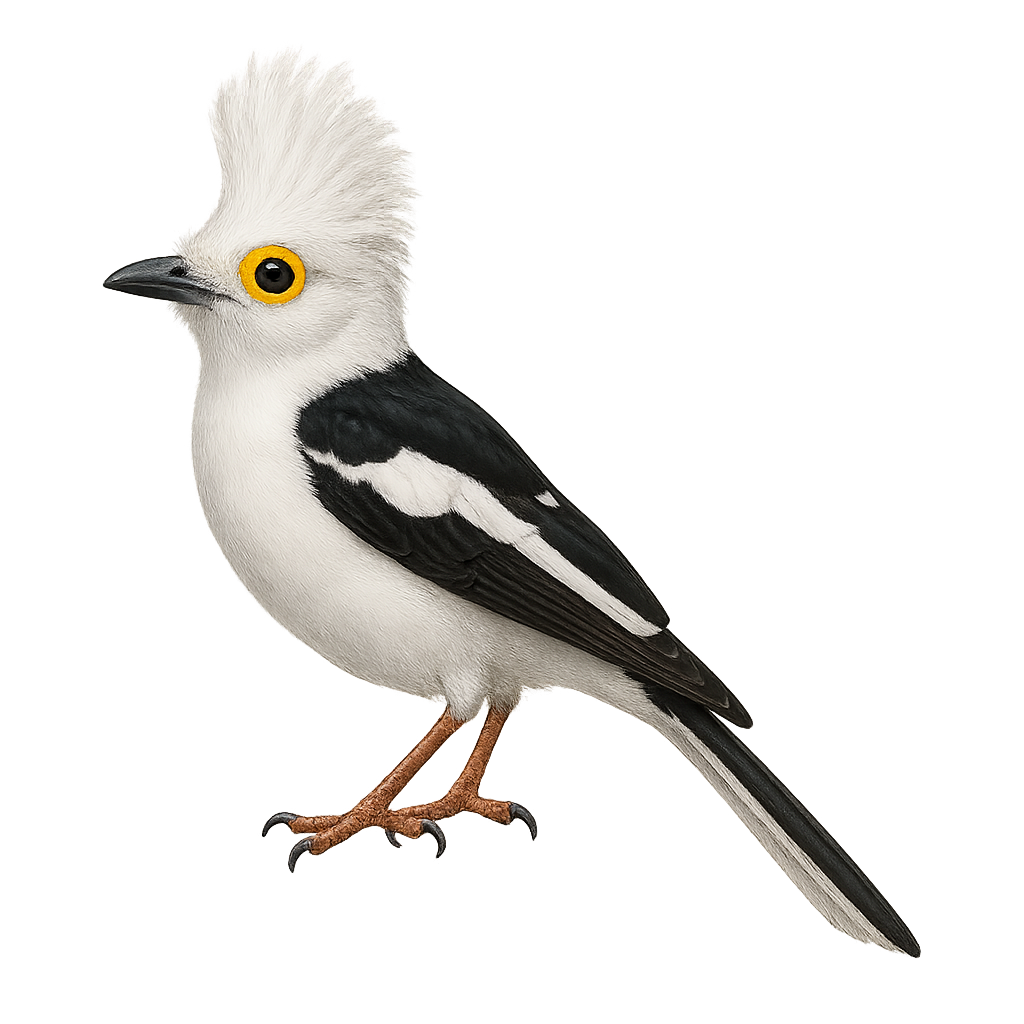Your wildlife photography guide.
Explore the white helmetshrike in detail, study its behavior, prepare your shots.
Where to observe and photograph the white helmetshrike in the wild
Learn where and when to spot the white helmetshrike in the wild, how to identify the species based on distinctive features, and what natural environments it inhabits. The WildlifePhotographer app offers tailored photography tips that reflect the white helmetshrike’s behavior, helping you capture better wildlife images. Explore the full species profile for key information including description, habitat, active periods, and approach techniques.
White Helmetshrike
Scientific name: Prionops plumatus

IUCN Status: Least Concern
Family: VANGIDAE
Group: Birds
Sensitivity to human approach: Suspicious
Minimum approach distance: 10 m
Courtship display: September to October
Incubation: 14-16 jours
Hatchings: September to November
Habitat:
Savannas, open forests, shrublands
Activity period :
Primarily active during the day, with peak activity in the morning and late afternoon.
Identification and description:
The White Helmetshrike is a fascinating bird, recognizable by its distinctive crest and primarily gray and white plumage. It mainly inhabits the savannas and open forests of sub-Saharan Africa. This sociable bird lives in family groups and is often seen feeding on insects and small invertebrates. Its white crest, which gives it its name, is particularly visible when it is alert or during courtship displays. Although its song is discreet, it frequently communicates with its peers through high-pitched calls. The White Helmetshrike is a resilient bird, capable of adapting to various environments, although it prefers open areas where it can easily spot its prey.
Recommended lens:
400 mm – adjust based on distance, desired framing (portrait or habitat), and approach conditions.
Photography tips:
To photograph the White Helmetshrike, it is advisable to use a telephoto lens of at least 400mm to capture detailed images without disturbing the bird. Look for it in savannas and open forests, where it is often active during the day. Be patient and discreet, as this bird can be suspicious. Try to capture moments when its crest is clearly visible, especially when it is alert or interacting with its peers.
The WildlifePhotographer App is coming soon!
Be the first to explore the best nature spots, track rutting seasons, log your observations, and observe more wildlife.
Already 1 432 wildlife lovers subscribed worldwide

